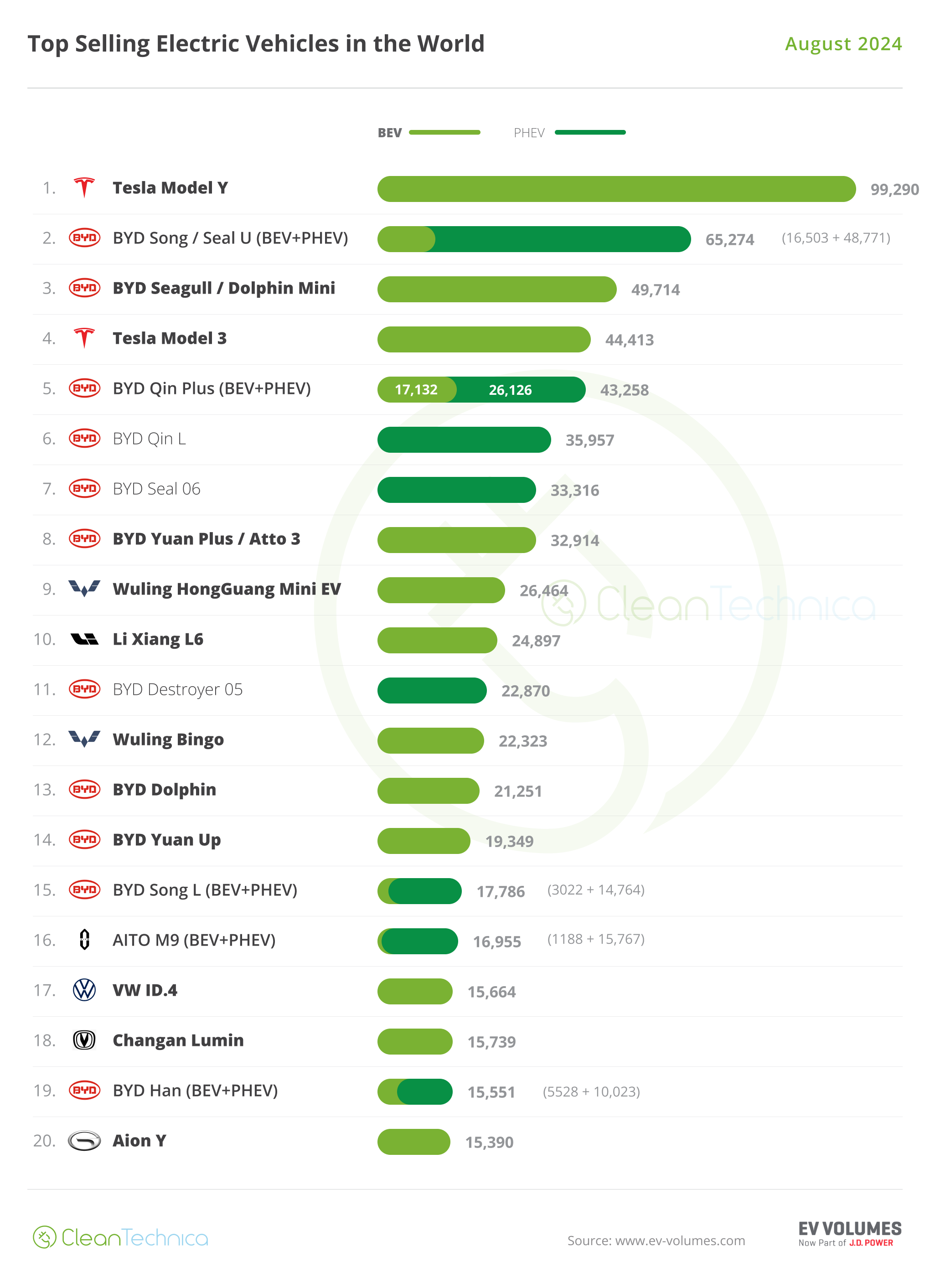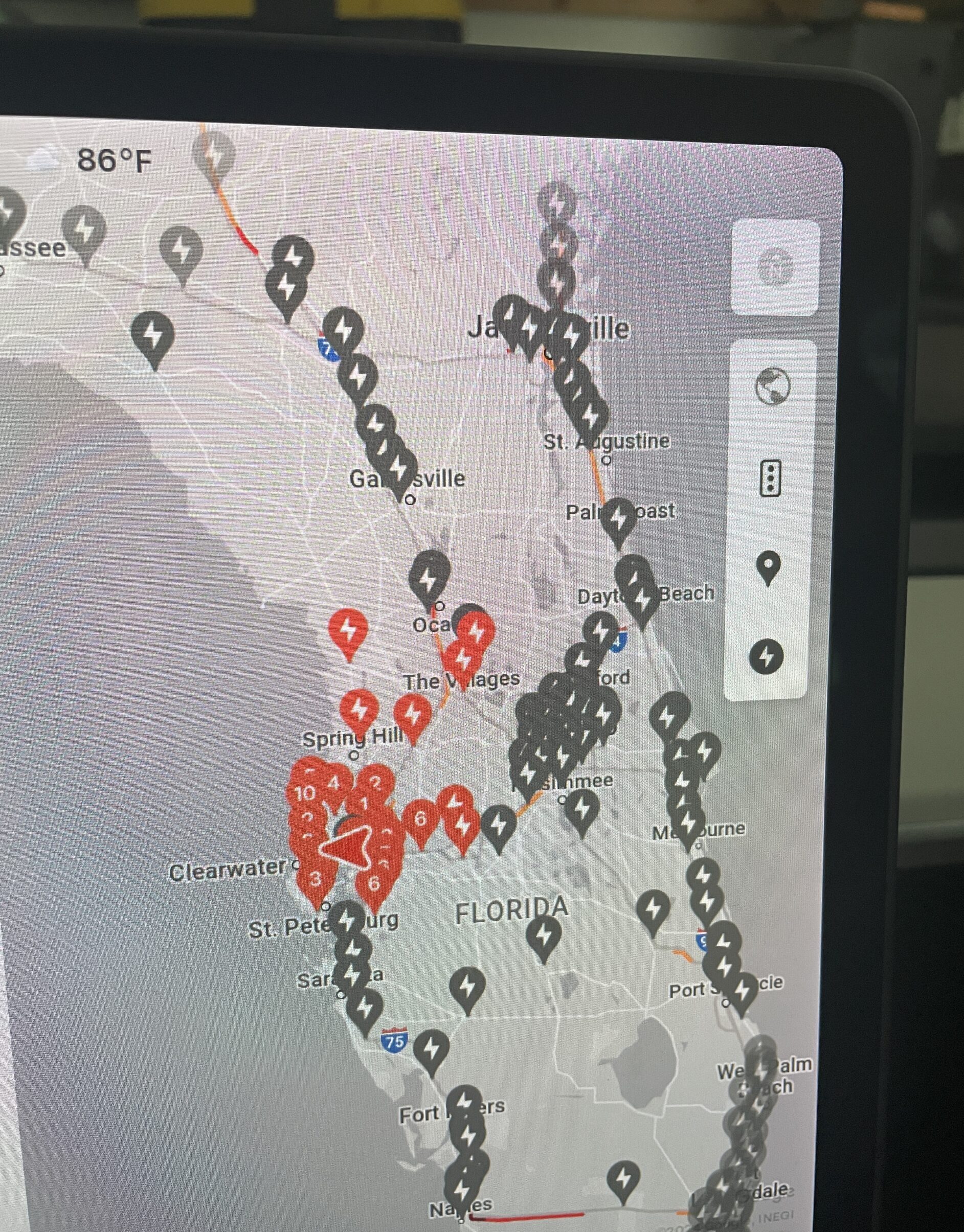Leading mining contractor and mining services company Cementation and mining autonomy focused start-up LoopX recently announced that they are joining forces to significantly enhance dynamic safety at mining project sites.
LoopX is a technology company focused on advancing mining safety and efficiency through interoperable autonomy, which has developed a pioneering collision awareness system. This system leverages a blend of intelligent sensors and data points derived from generative artificial intelligence which the company believes is a game-changer in the field. It excels at identifying safety hazards and operational inefficiencies before they happen.
Chao Yu, Founder and CEO, LoopX

Cementation is a top-tier mine contractor which says it has an unparalleled safety culture, a global presence and a track record for delivering value to clients worldwide through its specialised teams in engineering, construction, material handling systems, operational services, and asset management for underground and above-ground projects.
The companies are jointly trialling this comprehensive safety solution through rigorous testing at various Canadian project sites. Cementation says the testing regime will include a suite of user-driven units, integration, automation, functional, visual, performance, compatibility, accessibility, software, and programmatic tests to enhance and refine product development and usability.
LoopX’s use of a combination of camera and LiDAR (Light Detection and Ranging) technology as the system’s backbone means that it can be universally applied to any piece of equipment, regardless of size, scope, make, or model. Cementation says this versatility ensures that the solution can meet the unique safety needs of any mining operation and is particularly appealing, given that its teams work on diverse project sites and challenging conditions around the globe.
Cementation adds: “With the ultimate goal of achieving zero harm within Cementation operations, this unique solution will empower the company’s front-line workers, operators, and managers with real-time and data-driven reports to keep each other and the workplace safe above and underground.”
Patrick Hudd, Cementation Canada Corporate Manager – International & Marketing told IM: “We are currently testing the LoopX technology on multiple equipment units including several haul trucks, scoops and a personnel carrier. This includes a Caterpillar R1600 scoop that recently made its way to a project site. We are also using the system on other equipment at a different development project as we expand its use.”
The lowdown on LoopX
To coincide with this development, IM Editorial Director Paul Moore spoke to LoopX Founder and CEO, Chao Yu. LoopX is a proudly Canadian tech company based in Waterloo, Ontario, near Toronto with an additional office in Sudbury. It is a spin off from the University of Waterloo – set up by a small group of roboticists with many years of research experience in the autonomous driving area.
Yu told IM: “The company was incorporated in 2022 and then started to explore market opportunities for the autonomous technology we had built. Initially we were targeting the last mile delivery logistics market and did some pilot trials but realised that market still had a lot of maturing to do due to a lot of barriers such as safety concerns as well as regulations and limited potential profit margins. So we decided to pivot to addressing real existing industry problems and quickly saw that mining had a real need for autonomous technology.”
Testing of LoopX technology on Rokion electric vehicle at NORCAT

He added that there are many reasons for this – mining, especially underground, is inherently dangerous so the use of autonomy makes a lot of sense. Second, the huge potential cost advantages due to greater efficiency upside of autonomy – mines have very high production costs; and third labour – mines have very high labour costs and not only that in most mining countries there are severe skills and labour shortages, partly due to mines mainly being in remote areas where people do not want to work.
There was also another major issue driving the need: “We looked at the existing autonomy technologies being used in the mining market in Canada and saw a major interoperability issue – the existing options were mainly tied to equipment OEMs, but of course all mines have mixed fleets. So we saw that mining needed a solution provider independent of the OEMs – so today our main focus is building fully interoperable autonomy solutions for the underground mining sector.”
What about the interoperable interfaces that the industry has been working on – such as the IREDES software and the ISO 23725 standard for autonomous system and fleet management system interoperability? Yu: “We have been and continue to participate with groups like GMG but it is important to remember that these are just standards – they are not legally or otherwise enforced in the industry. Secondly, the OEMs despite these standards are still focused on their own closed stack solutions to enhance their own competitive position in the market. So they say they are working on open solutions but this still tends to not be the case in reality.”
Yu said while LoopX is on the one hand is developing SAE Level 4 and 5 interoperable autonomous systems, it also identified an immediate and short term market need for collision avoidance systems that are more interoperable. And given that arguably the CAS market in South Africa is the most mature globally due to it being mandated, the LoopX team has made several visits to South Africa to talk to operators, researchers and manufacturers including the well-known CAS testing focused team at the University of Pretoria. Yu commented: “We are building the system using similar technology as with our autonomy solution, based on machine learning and sensor perception. But given the market need this is our entry level system in mining but it will pave the way to full autonomous systems.”
But what is the actual tech approach and what are LoopX’s differentiators? “We use a variety of proximity and detection sensors just as other players do – but we are adding our AI model to process the data. With our sensors we combine infra-red cameras with highly reliable solid stage LiDAR and accurate IMU sensors. Our system allows to the driver to hear and see what is happening but also understand what is happening. So I would say the level of the system intelligence is a big differentiator for us.”
Yu says LoopX developed the AI model in-house, using state of the art machine learning and computer vision algorithms. Most of the LoopX team formerly worked in the automotive autonomy sector so have brought a lot of experience from an industry that is much further ahead: “I myself worked for General Motors in Shanghai, Michigan and then in Canada, working on EVs and autonomous vehicles. My experience combined with that of colleagues helped us understand what kind of model was needed.”
He adds that what is also unique is how the AI model is trained in terms of its adaptability and reliability for the underground mining sector. “We trained the model using an underground mining dataset – this is important as in this environment there can be at least ten different machine types, from loaders and trucks to jumbos, production drills, concrete trucks, shotcreting rigs, scalers, light vehicles and others. Our AI model can differentiate – it can recognise a loader approaching a truck waiting to be loaded as a non-dangerous situation, but idenifies a loader approaching a people carrier vehicle as a dangerous situation that requires the loader operator to receive a warning. This all helps to reduce false alarms that are a big issue in the market for existing systems as they reduce productivity unnecessarily.”
What is the LoopX route to market? “We have talked extensively to the OEMs as well as the mining end users – both mining companies and mining contractors. We realised they both have a need. The end users with an older existing fleet bought from OEMs or reman companies need a complete collision awareness or avoidance system supplied as a package. We can do this for their whole fleet and we are working with software integrators like Symboticware to do this. We also accept that the OEMs want to make their new machines more intelligent and more autonomous-ready. There is really a big demand for more advanced driver assist systems today. We are working with two OEMs in Canada to integrate our sensor suite and AI model into their hardware and help make them autonomous or CAS ready. In this case it is a built-in solution for new equipment.”
Yu could not name the OEMs due to NDAs but LoopX has carried out testing with both MacLean Engineering and Rokion equipment as an example. The Rokion testing was done at NORCAT in Sudbury in 2023 and 2024 in different phases. Testing has also been done with reman and equipment brokerage company Cardinal Mining Equipment Group on several machine types. In South Africa, LoopX is also in discussion with some OEMs as well.
It is no coincidence that the LoopX focus for OEM partnerships has been on utility and other non-primary fleet machines, as of course the big three primary equipment players Sandvik, Epiroc and Caterpillar have their own autonomy and CAS solutions in place both through their own in-house development and also through acquired companies like RCT and Mernok, to give Epiroc as an example. But on a minesite, some 60% of the machines are typically the ancillary machines.
The NORCAT testing and demo of LoopX technology including at the Mining Transformed events have attracted a lot of attention which has helped increase the company’s profile and has contributed to trial partnerships such as that mentioned with Cementation. But this is not the only example.
On its differentiators, Yu adds: “One of the game changers in these trials we think will be using the system to collect data to support the technology investigations and contribute to risk reporting such as near misses. Many mines have only been reporting actual collision incidents with a written report based only on the operator accounts. Our system captures all data throughout the mine including any risky behaviours such as overspeed and can label them using video and perception data. This removes any doubt – and the data, especially for near misses can be used as the basis for training and for any incident investigations.”
Yu also emphasised when installing CAS, it is important not to affect the warranty that is in place for the existing machine. “We do this by having several approaches – the simplest being integration of actuators to control the machine pedals without using CAN BUS and without requiring input from the machine OEM. We are also looking at other types of interoperable integration that again will not result in any loss of warranty.”
So when will the LoopX solutions go commercial? “Our EMESRT Level 7 driver awareness and collision awareness system (DAS) is already available, having been launched in March 2024 at PDAC. For more advanced Level 8 and 9 CAS systems, what we call our advanced driver assistance system (ADAS), we are doing more testing but expect them to be available in late 2024/early 2025. And for our SAE Level 4 fully autonomous driving system (ADS) we are looking at 2025 as well.”




